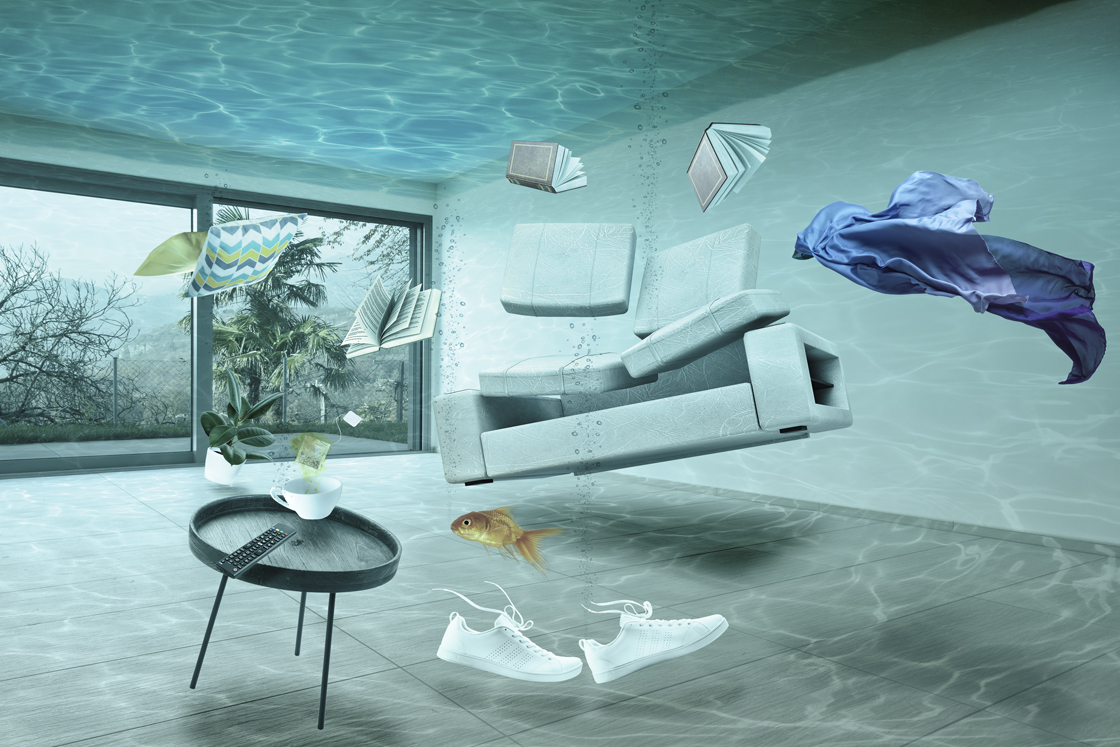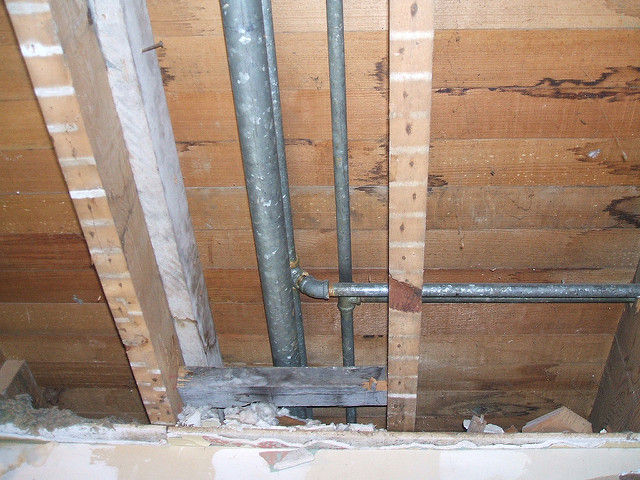Here in the next paragraph you'll find a lot of quality material when it comes to Locating water leaks.

Early discovery of dripping water lines can alleviate a potential disaster. Besides saving you cash, it will certainly lessen the irritation and also stress. The moment you find a leak, calling your plumber for repair services is the very best remedy. Some little water leaks might not be visible. If you can not identify it with your nude eyes, here are some hacks that help.
1. Examine the Water Meter
Every home has a water meter. Examining it is a surefire manner in which assists you uncover leaks. For beginners, turn off all the water sources. Make certain no one will certainly purge, use the faucet, shower, run the cleaning machine or dishwashing machine. From there, most likely to the meter and watch if it will alter. Given that no one is using it, there ought to be no motions. That indicates a fast-moving leak if it moves. If you identify no adjustments, wait a hr or 2 and also examine back once more. This indicates you might have a sluggish leak that could even be underground.
2. Check Water Intake
Examine your water expenses as well as track your water usage. As the one paying it, you ought to see if there are any discrepancies. If you spot sudden changes, in spite of your consumption being the same, it suggests that you have leaks in your plumbing system. Keep in mind, your water expense must drop under the very same array on a monthly basis. An unexpected spike in your bill indicates a fast-moving leak.
At the same time, a steady increase each month, despite the very same habits, shows you have a sluggish leakage that's additionally gradually rising. Call a plumber to extensively check your residential or commercial property, specifically if you really feel a warm area on your flooring with piping underneath.
3. Do a Food Coloring Examination
30% comes from commodes when it comes to water usage. Test to see if they are running properly. Decline specks of food shade in the storage tank and wait 10 mins. If the shade somehow infiltrates your dish during that time without flushing, there's a leakage between the storage tank and bowl.
4. Asses Exterior Lines
Do not fail to remember to examine your outside water lines as well. Must water leak out of the connection, you have a loose rubber gasket. One tiny leakage can throw away bunches of water and also surge your water expense.
5. Evaluate the situation and also examine
Property owners need to make it a routine to check under the sink counters and also even inside closets for any kind of bad odor or mold development. These two warnings show a leakage so prompt attention is called for. Doing regular assessments, even bi-annually, can save you from a significant issue.
If you understand your home is already old, keep a watchful eye on your heating units, pipes, pipes etc. Check for discolorations and compromising as many pipelines as well as home appliances have a life span. They will also normally degrade because of tear and also use. If you think leaking water lines in your plumbing system, do not await it to intensify. Call a specialist plumber immediately so you don't end up with a horrible mess in your home.
Early detection of dripping water lines can mitigate a prospective catastrophe. Some tiny water leaks might not be visible. Inspecting it is a proven way that helps you discover leaks. One small leakage can lose tons of water and spike your water bill.
If you think leaking water lines in your plumbing system, don't wait for it to escalate.
WARNING SIGNS OF WATER LEAKAGE BEHIND THE WALL
PERSISTENT MUSTY ODORS
As water slowly drips from a leaky pipe inside the wall, flooring and sheetrock stay damp and develop an odor similar to wet cardboard. It generates a musty smell that can help you find hidden leaks.
MOLD IN UNUSUAL AREAS
Mold usually grows in wet areas like kitchens, baths and laundry rooms. If you spot the stuff on walls or baseboards in other rooms of the house, it’s a good indicator of undetected water leaks.
STAINS THAT GROW
When mold thrives around a leaky pipe, it sometimes takes hold on the inside surface of the affected wall. A growing stain on otherwise clean sheetrock is often your sign of a hidden plumbing problem.
PEELING OR BUBBLING WALLPAPER / PAINT
This clue is easy to miss in rooms that don’t get much use. When you see wallpaper separating along seams or paint bubbling or flaking off the wall, blame sheetrock that stays wet because of an undetected leak.
BUCKLED CEILINGS AND STAINED FLOORS
If ceilings or floors in bathrooms, kitchens or laundry areas develop structural problems, don’t rule out constant damp inside the walls. Wet sheetrock can affect adjacent framing, flooring and ceilings.
https://www.servicemasterbyzaba.com/blog/how-to-detect-water-leakage-in-walls/

As a reader about Locating water leaks, I thought sharing that piece of content was sensible. Are you aware of another person who is enthusiastic about the topic? Do not hesitate to share it. Thank you for your time. Please check our blog back soon.